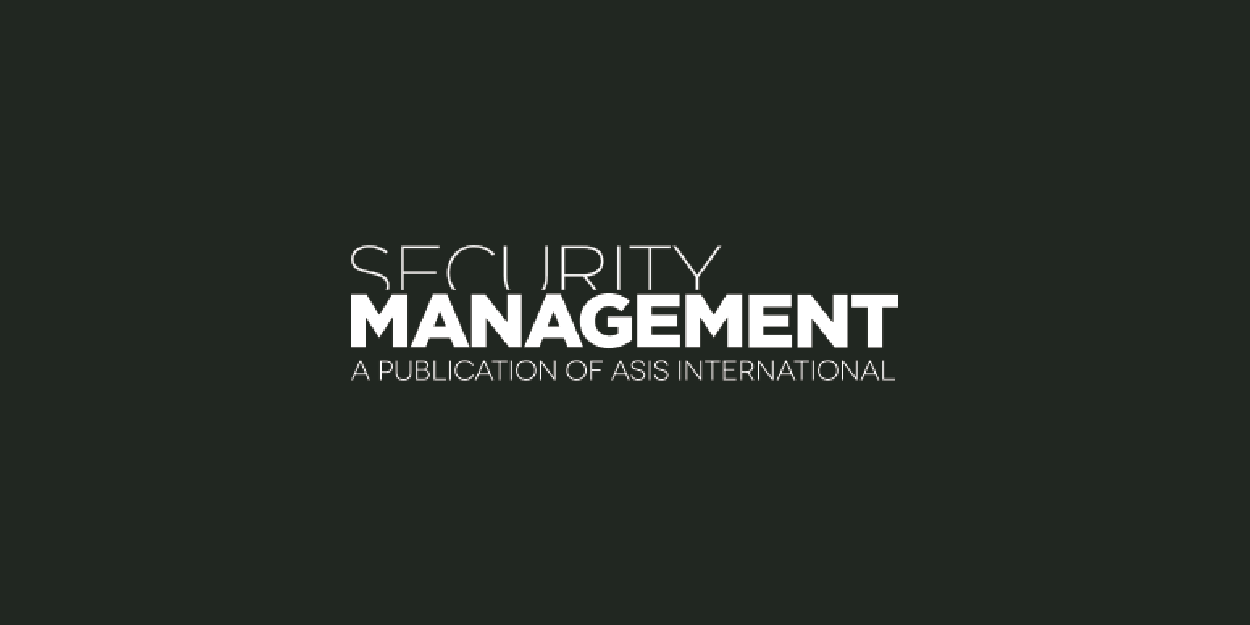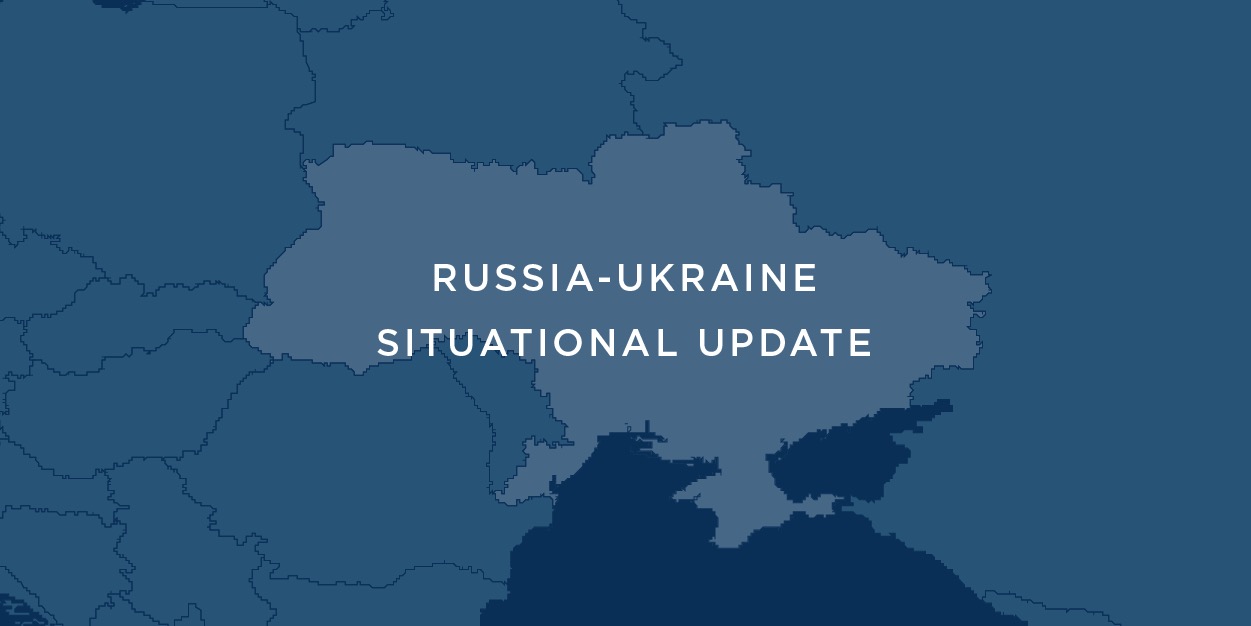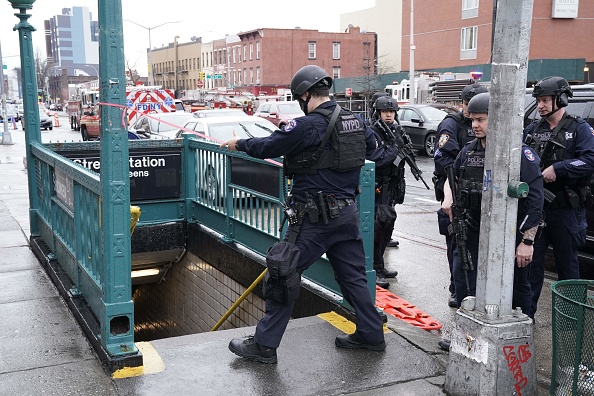Strategic UPDATE
Russia has stepped up missile strikes against Ukraine’s port city of Odesa in the west as the Ukrainian counteroffensive near Kharkiv successfully pushed Russian forces back to the border in the northeast. Elsewhere along the front, Russian troops remained mired in a stalemate, unable to encircle the Ukrainian defense.
Meanwhile, Russia’s Victory Day celebration on 09 May did not turn out to mark a pivotal moment for Russia’s war against Ukraine. Contrary to expectations, Russian president Putin’s annual speech:
- Did not make an official declaration of war or announce a general mobilization of the Russian population to assist in the war effort.
- Avoided details about Russia’s progress in Ukraine and did not acknowledge Russia’s victories in Kherson or Mariupol.
However, Putin’s speech—while covering familiar themes—also did not signal interest in a short-term end to the war, nor did it exclude the possibility of general mobilization in the near future. Instead, several points sought to increase volunteers in the military and inflate the threat posed by Ukraine:
- Putin announced a presidential decree to provide significant government support to military families. This will reduce reservations among young Russian men with families to join the war.
- Direct connections between veterans of the Great Patriotic War (World War II) and current Russian soldiers elevated volunteers in Russia’s war against Ukraine to hero status. Further, Putin emphasized unity and loyalty to Russia as the “highest meaning of life” for true Russians, increasing social pressure for young men of military age to enlist.
Outside of Russia, US intelligence alleged on 10 May that Putin is planning for a long war, hoping to outlast US and European support for Ukraine. In this scenario, martial law in Russia to support the war effort is likely given the current degradation of Russia’s standing force.
Still, Russia’s existing logistics issues would be further complicated by expanding its force size—a difficult task that cannot be accomplished in the short-term. Training new troops would take a minimum of nine months and reducing training time to push infantry out faster would be catastrophic against a well-trained Ukrainian defense.












